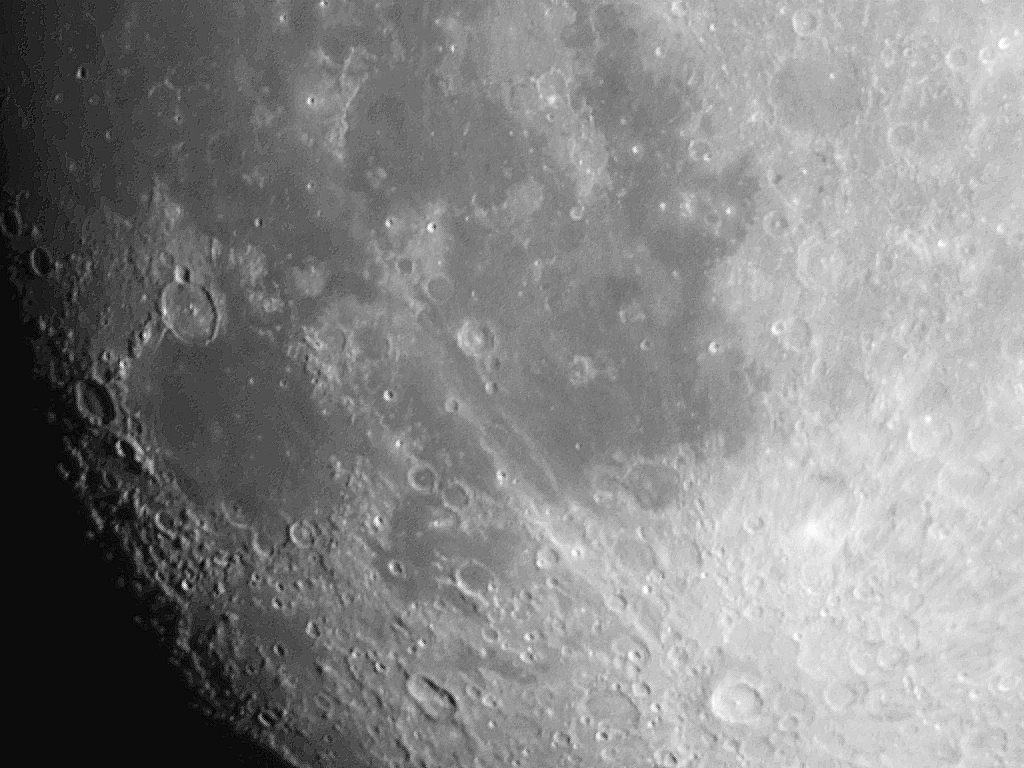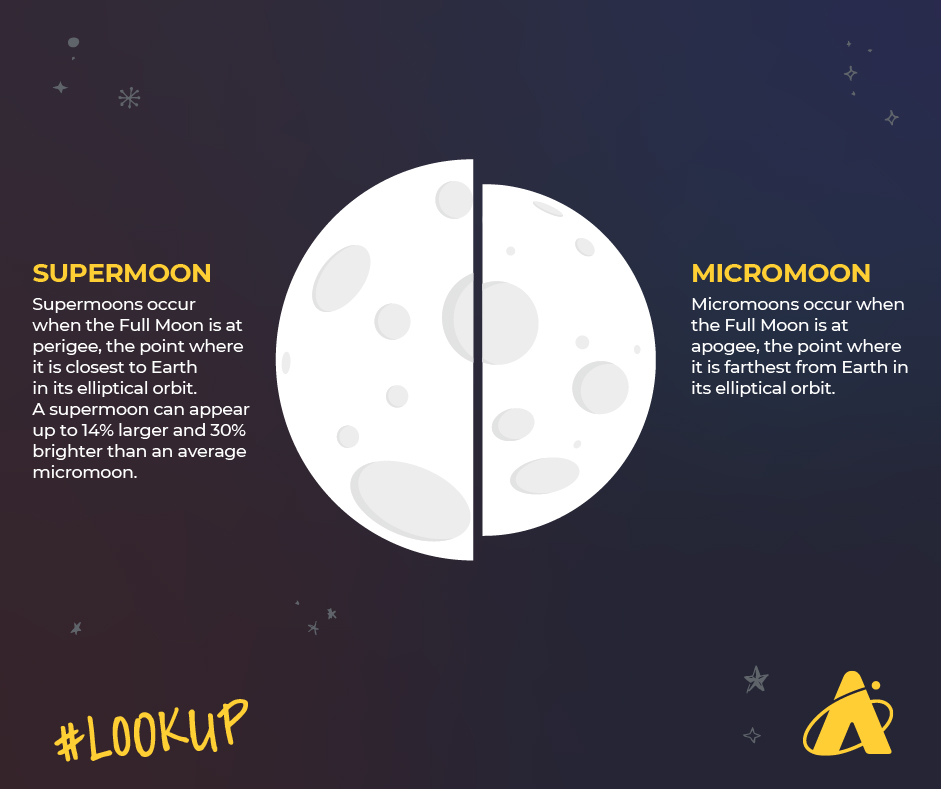Adler Skywatch: April 2021

Traditionally April’s Full Moon has been called the “Pink Moon,” for the flowers that begin to bloom in the warmer weather. However, some people will be calling it a “Supermoon” this month, April 2021.

The Moon’s orbit around the Earth isn’t a perfect circle; sometimes the Moon is further away from Earth, sometimes it’s closer. When the Moon is closest to Earth in its orbit, it’s called “perigee.” And when a Full Moon occurs near perigee, it’s informally known as a Supermoon. The average distance from the Earth to the Moon is about 239,000 miles. But this month’s Full Moon, which rises on the 26th (in the Chicago area), is close to perigee and about 17,000 miles closer to Earth than average. Because it’s closer than usual, it looks a little bigger—emphasis on “little,” since you may not even notice the difference. The Moon the night of April 26th rises in the east-southeast shortly before sunset, and it sets in the west-southwest shortly before sunrise on April 27th; so you’ll have plenty of time to study the Moon’s size.
For those looking for planets, look about halfway up the western sky shortly after sunset to see the planet Mars amid the bright setting stars of winter. The Red Planet appears not far from the reddish stars Betelgeuse (in the constellation Orion) and Aldebaran (in the constellation Taurus). This month, Mars is dimmer then both Betelgeuse or Aldebaran. Keep in mind, however, that Mars is also much closer to Earth than either of the stars. Aldebaran is over 60 light-years away, and Betelgeuse is over 500 light-years away. A “light-year” is the distance that light travels in a year—nearly six-trillion miles. By comparison, Mars’s distance can be measured in light-minutes. The evenings of the 16th and the 17th, look for Mars near a slim waxing crescent Moon. Mars sets in the west-northwest around the midnight hour Central daylight time.
After Mars sets, the next planetary action does not occur until about an hour before sunrise. Low in the southeast sky, look for the bright planet Saturn and the really bright planet Jupiter. The morning of the 6th, a slim waning crescent Moon appears below Saturn; and the morning of the 7th, an even slimmer waning crescent Moon appears below Jupiter. Here’s a fun fact for the month: if you draw an imaginary line from Jupiter to Saturn as you see them in the sky, and extend that line beyond Saturn a little longer than an equal distance between the two planets, you’ll be looking in the neighborhood of the dwarf planet Pluto. In fact, the morning of the 5th, a waning crescent Moon is below Pluto, the same as it is below Saturn and Jupiter the following two nights. Of course, you can see the Moon with the unaided eye—but not the dwarf planet Pluto.
The planets Mercury and Venus appear too close to the Sun this month to be readily visible.

Last Quarter Moon: April 4
New Moon: April 11
First Quarter Moon: April 20
Full Moon: April 26
Please note that these descriptions are for the Chicago area, using Central time.
Subscribe To Skywatch Weekly This April
Tour the night sky weekly with the Adler Planetarium’s Theaters Manager Nick, who uses cutting edge visualizations, NASA images, and astrophotography to show you what you can see weekly in the night sky.
Learn From Our Astronomy Educators
Watch exclusive live episodes of Sky Observers Hangout this April! First, our astronomy educators will show you how art has been intertwined with science—especially astronomy—for a long, long time on April 5th. Then, we’ll learn all about the Moon on April 19th. There is lots to observe in the spring sky! New episodes air every two weeks on Mondays.







